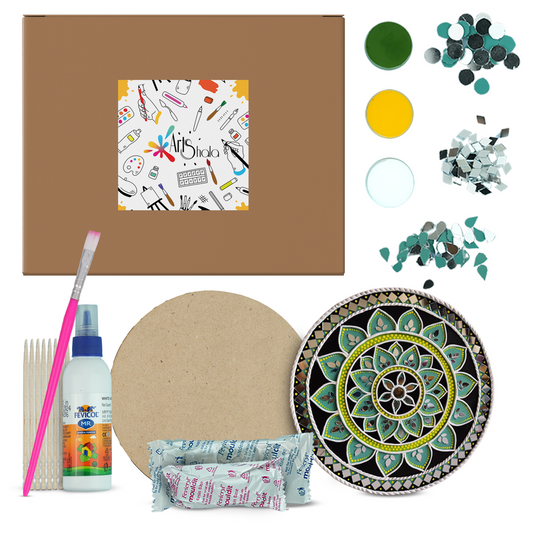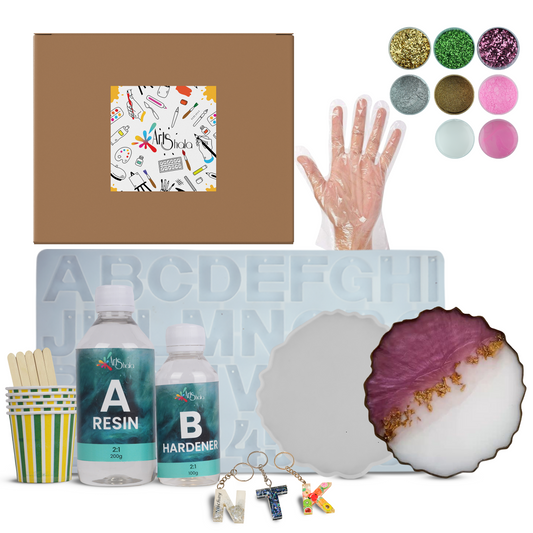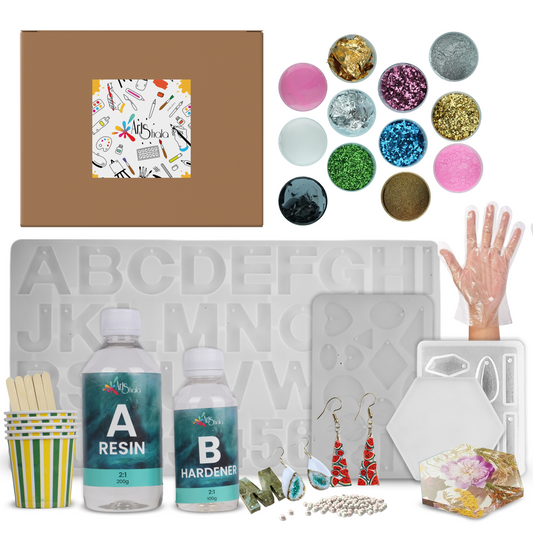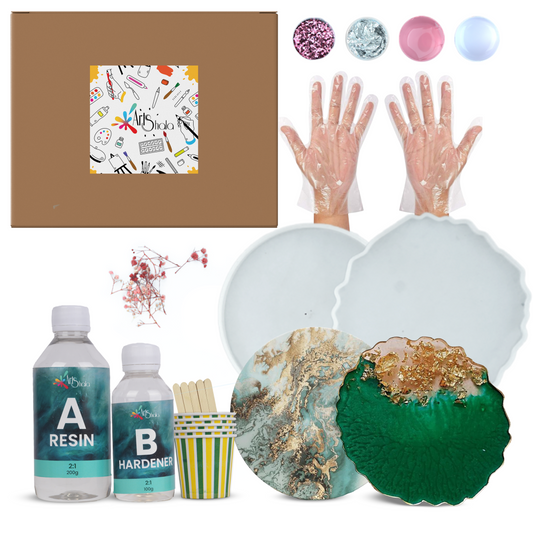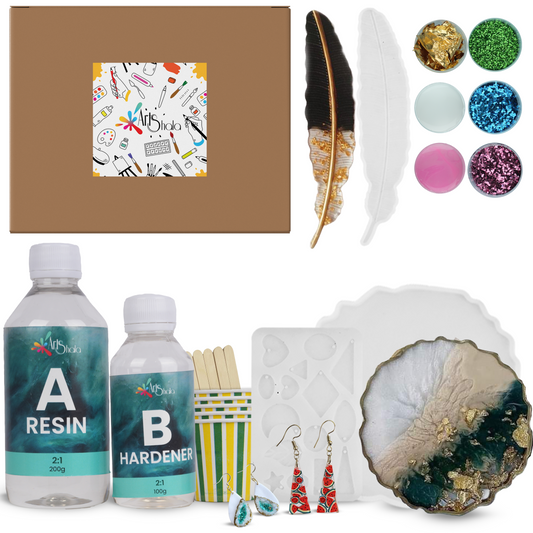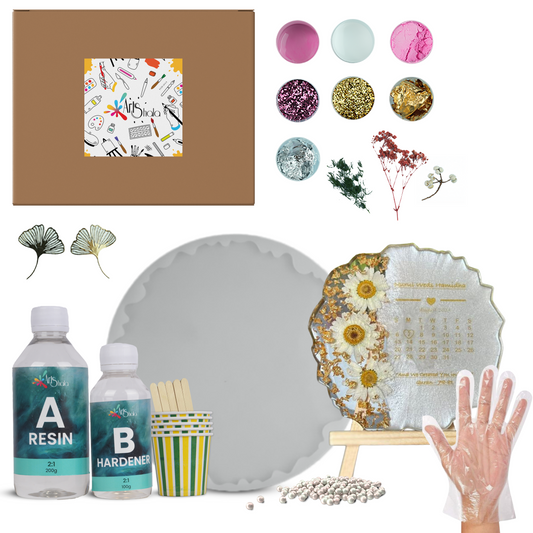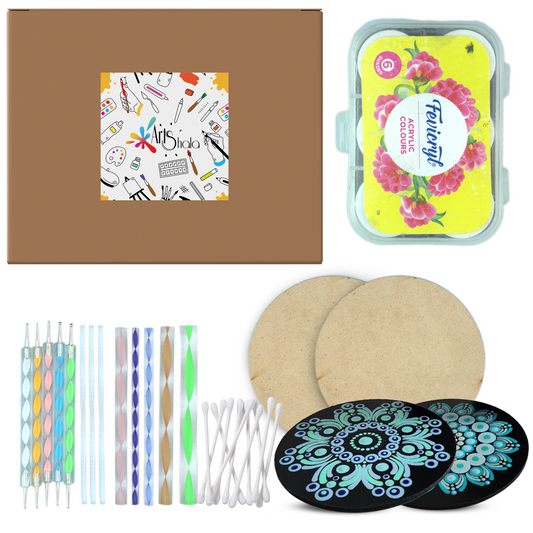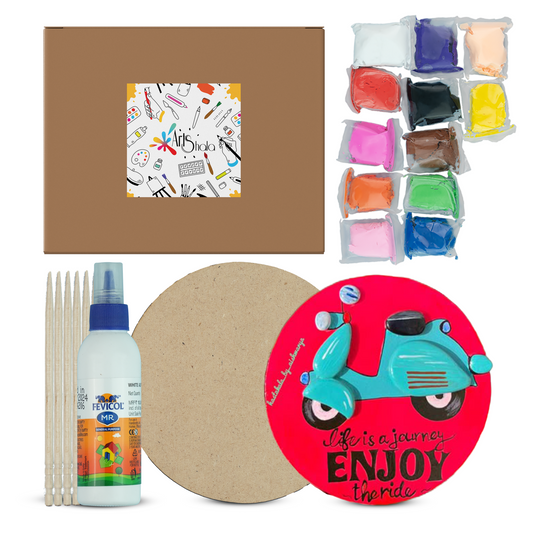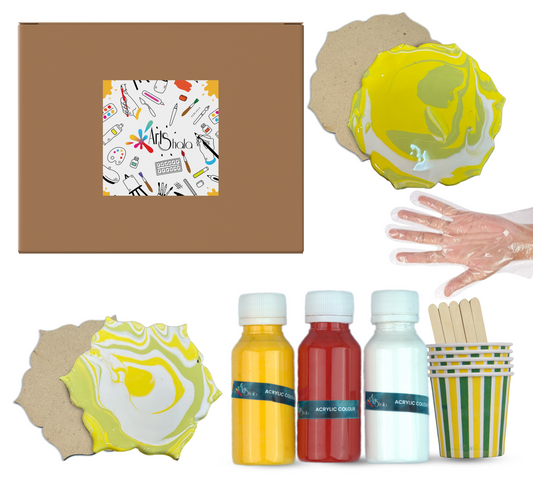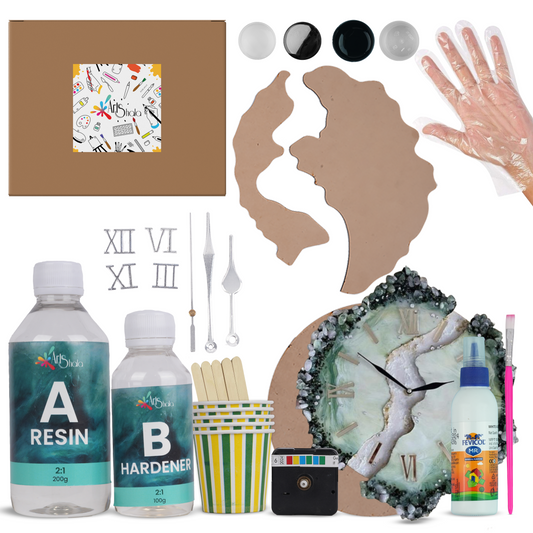Master the Art of Colour Mixing in Acrylic Painting
Colour mixing is an essential skill in acrylic painting, allowing artists to create a wide range of hues, tones, and shades to bring their artwork to life. Understanding how to mix colours properly can significantly enhance your paintings and give you more control over the visual impact of your artwork.
To truly grasp the art of colour mixing, it's crucial to have a strong foundation in colour theory. By understanding the relationships between different colours and how they interact with each other, you can create harmonious compositions that captivate the viewer's eye.
If you're new to acrylic painting or looking to improve your skills, consider joining an acrylic painting workshop for hands-on experience and guidance from experienced artists who can teach you the proper techniques for mixing colours effectively.
In this blog, we will look at some essential tips and techniques for colour mixing in acrylic painting, as well as some typical colour schemes that can help you create stunning visual effects in your artwork. So, let's get straight into this!
Understanding Colour Theory
Colour theory is the foundation for comprehending how colours interact harmoniously in art. This understanding is crucial when it comes to mixing colours in acrylic painting. So, let's get into the basics of colour theory and its profound impact on the art of mixing colours.
The Colour Wheel: A Guide to Colour Relationships
At the heart of colour theory lies the indispensable tool known as the colour wheel, which illuminates the intricate relationships between different hues. For artists, this wheel is an invaluable resource that showcases how colours relate to one another. It illustrates primary, secondary, and tertiary colours arranged in a circular fashion, allowing artists to discern their connections and employ them effectively.
Primary Colours and Warm/Cool Hues
Primary Colours: In colour theory, we identify red, yellow, and blue as the primary colours. These hues are deemed "primary" because they cannot be created by blending other colours together. Instead, they serve as the building blocks for all different colours in the spectrum.
Warm Hues: Warm hues like red and yellow inject energy and vivacity into artwork. When these two primary colours are skillfully mixed, an orange hue emerges that effectively conveys warmth and vitality. Understanding warm hues is crucial for artists who craft dynamic compositions that captivate viewers.
Cool Hues: Conversely, cool hues such as blue have a cooling effect on paintings. Blue can also create an illusion of distance or depth in landscapes or seascapes. By grasping the characteristics of cool hues, artists can set specific moods and atmospheres within their pieces.
Basics of Colour Mixing
When mixing black paint, it's essential to approach it with caution. While black can be a powerful addition to your palette, using pure black straight from the tube can often result in flat and lifeless colours in your paintings. Instead, consider creating your black by mixing complementary colours like burnt umber and ultramarine blue. This not only produces a more dynamic and visually engaging black but also allows for greater control over the tone and temperature of the resulting colour.
Toning Down Colours
Sometimes, vibrant colours may need to be toned down to achieve subtle variations or to harmonise them with the overall colour scheme of your artwork. Here are some techniques you can use to accomplish this:
- Grey Mixtures: Introduce small amounts of the colour's complementary hue or add a touch of white to dull down overly vibrant colours.
- Glazing: Apply thin layers of semi-transparent or transparent paint over areas of intense colour to soften and mute them while allowing underlying layers to show through.
- Mixing with Neutrals: Incorporate neutral tones such as raw sienna or burnt umber to desaturate and tone down bright colours without drastically altering their hue.
By mastering these techniques, you can effectively control the vibrancy and intensity of your colours, adding depth and nuance to your acrylic paintings. Remember, achieving the perfect balance when toning down colours is a skill that develops with practice and experimentation.
Creating Specific Colours
When it comes to acrylic painting, mastering the art of mixing realistic skin tones is essential for creating lifelike portraits and figures. With a limited palette, you can achieve impressive results by understanding the principles of colour theory and using complementary colours to your advantage. To create natural-looking skin tones, follow this guide:
- Start with a simple palette: Begin with a basic set of primary colours (red, yellow, and blue) and white. This will allow you to experiment with a wide range of hues and tones.
- Mix your base colour: Start by mixing a base colour using equal parts red and yellow. Adjust the ratio to create the desired warmth or coolness of the skin tone.
- Add white for highlights: Gradually add white to your base colour to create lighter values for the skin's highlights. Remember that skin is never pure white, so avoid overusing white paint.
- Introduce complementary colours: Incorporate small amounts of complementary colours to add depth and realist appeal to your skin tones. For example, adding a touch of green or blue to your mixture can create subtle shadows and contours.
- Experiment with variations: Every person's skin tone is unique, so don't be afraid to experiment with different ratios and combinations of colours. Test your mixtures on a separate surface before applying them to your painting.
By understanding how complementary colours interact with each other, you can achieve lifelike results in your acrylic paintings. Remember to observe and study real-life skin tones to develop an eye for capturing the intricacies of human flesh.
Practice and experimentation are key to perfecting the art of mixing skin tones in acrylic painting. With time and patience, you'll be able to create stunning portraits that capture the true character of your subjects.
Conclusion
The art of colour mixing in acrylic painting offers numerous benefits to artists. It allows them to enhance their artistic skills and create captivating artworks. By practising and experimenting with colour mixing techniques, artists can develop their unique style and explore the full potential of acrylic paints.
Remember, colour mixing is not just about following rules or formulas; it's about understanding the principles of colour theory, exploring various techniques, and unleashing your creativity. By embracing the art of colour mixing, you can bring life and vibrancy to your acrylic paintings, adding depth, dimension, and visual interest. Contact Us on Arts Shala to learn more about the art of colour mixing through workshops and courses and gain hands-on experience with expert guidance in mastering this fundamental skill.



